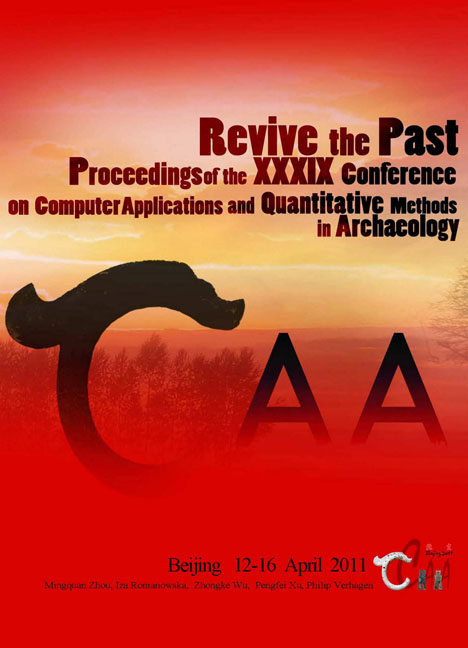 Revive the Past
Revive the Past Research of The Display of Historical Relics Migrations Based on a G/S Model
Published online by Cambridge University Press: 23 June 2021
Summary
Abstract:
This article puts forward a new type of spatial information network service module (G/S module). During the process of digitalization of historical relics we studied and proposed an approach and realization thought making use of a G/S module and the architecture of IOT to realize a historical relic migration presentation system. Lastly, we present an example and validate the feasibility of the approach.
Key Words: G/S Module, IOT, Databases
Introduction
Historical relics are the heritage left behind by human social activities and have certain historic, artistic and scientific values. How to exploit and protect historical relics is a concern of all people in the world. To analyse the current status of the management of historical relics current museum management systems merely use text files to record the status of the migration historical relics, thus it cannot present migration directions and safety status directly, instantly and timely. Moreover, the spatial representation of historical relics requires access to large amounts of spatial information in the network. However, current spatial information network service modules have bottlenecks in visualization, storage, computation and network bandwidth. Under the traditional spatial information network service module, systems based on the C/S module lack distribution and compatibility and usually have high development costs. Systems based on the B/S module usually suffer low responding speed and hardly create personalized functionalities. This article adopted a new spatial information network service module (G/S module, Geo- Browser/distributed spatial data server cluster module) that implements the characteristics, architecture and functionalities of historical relics, as well as combines it with the technologies of the Internet of Things (IOT) to construct a historical relics migration presentation system. The article therefore provides a new approach for the spatial realization of historical relics migration.
G/S Mode and Fundamental Theory of IOT
During the process of migration, data about locations and status are multi-sourced and isomerous, therefore there must be a data organization and description standard for the process of data exchange. The G/S module, Geo- Browser/distributed spatial data server cluster (spatial data cloud) module, is an Internetbased spatial information service module, and uses the standard hyper geographical mark-up Language (HGML) to store, organize, exchange, schedule and display massive data of various types and formats distributed in the network.
- Type
- Chapter
- Information
- Revive the PastProceedings of the 39th Conference of Computer Applications and Quantitative Methods in Archaeology, pp. 343 - 347Publisher: Amsterdam University PressPrint publication year: 2012
